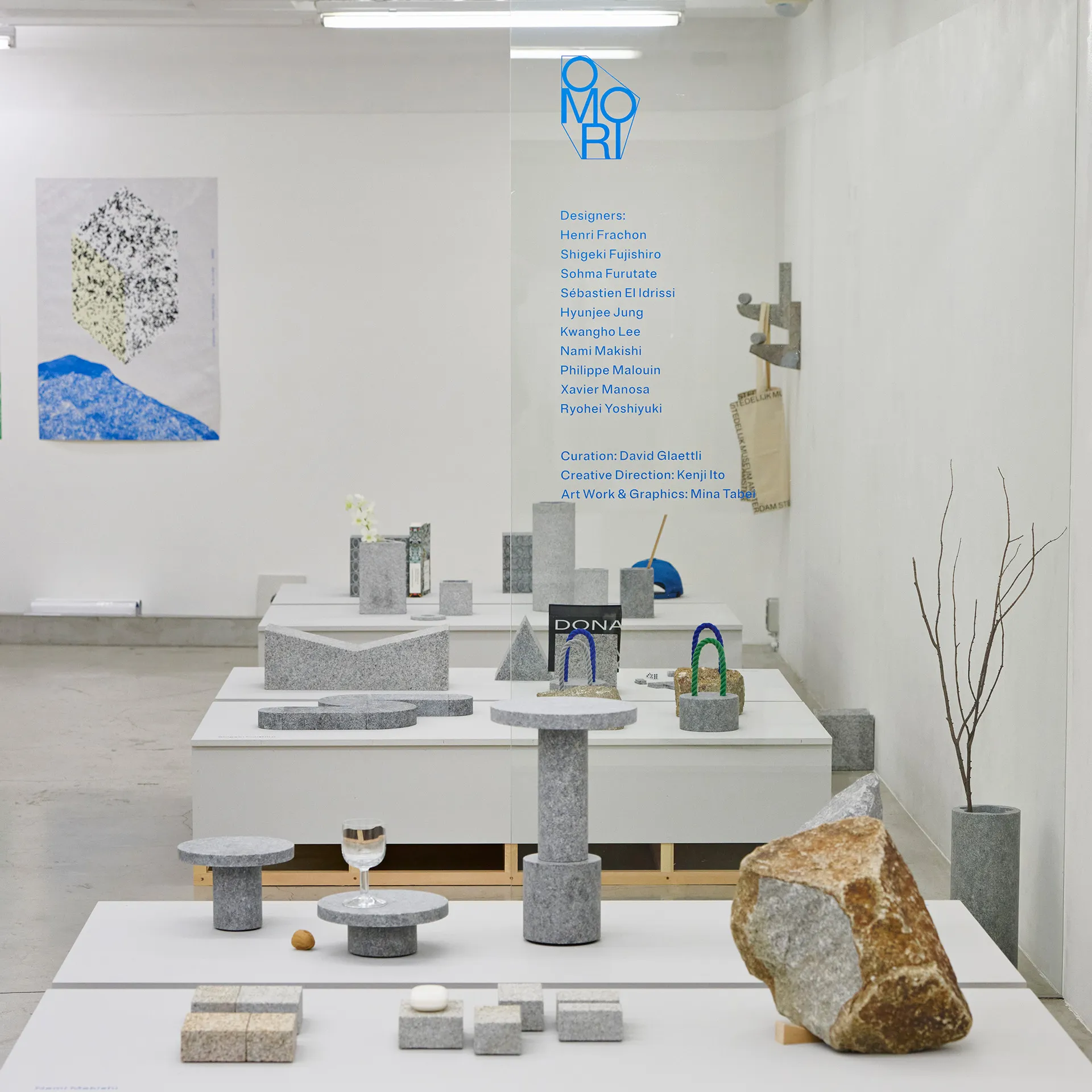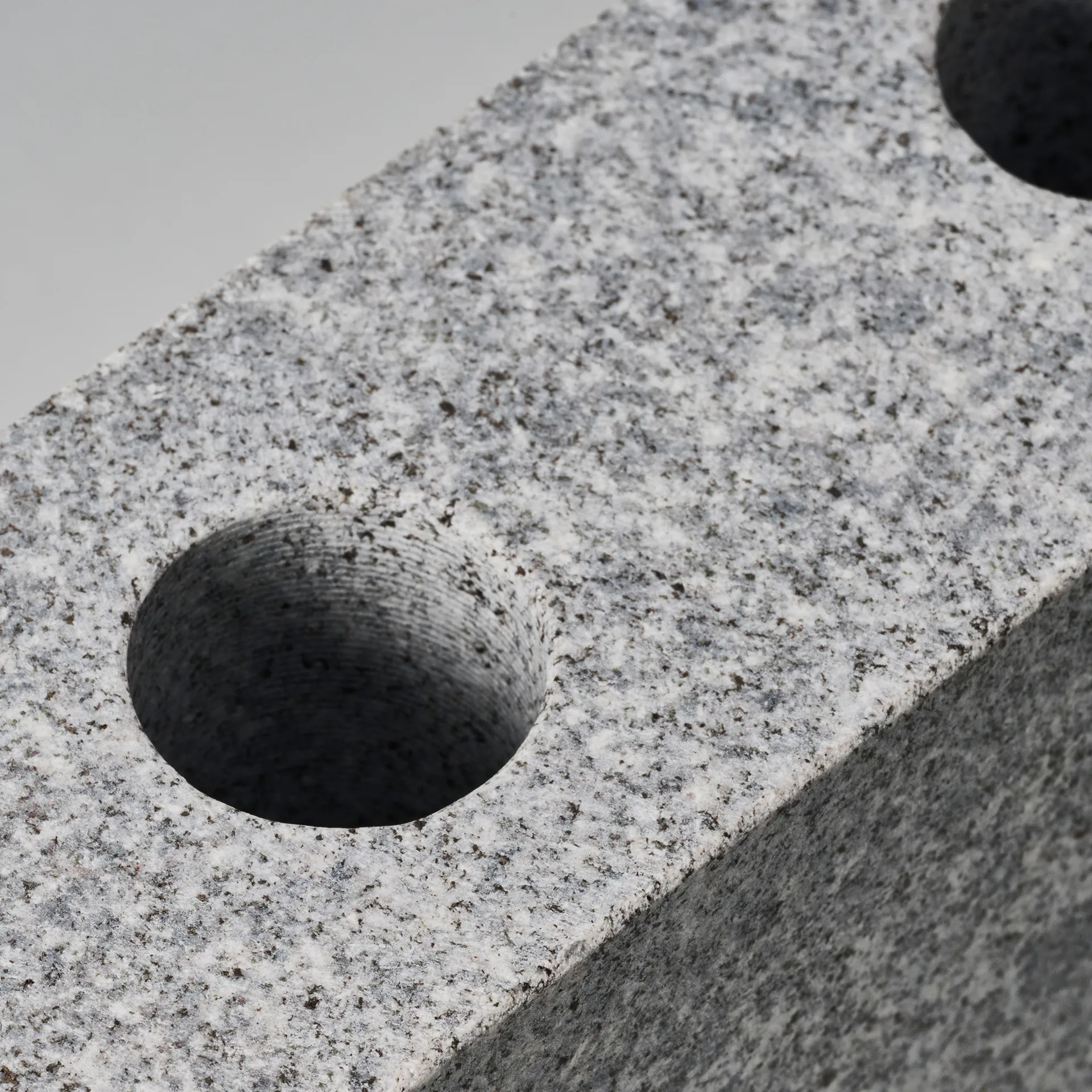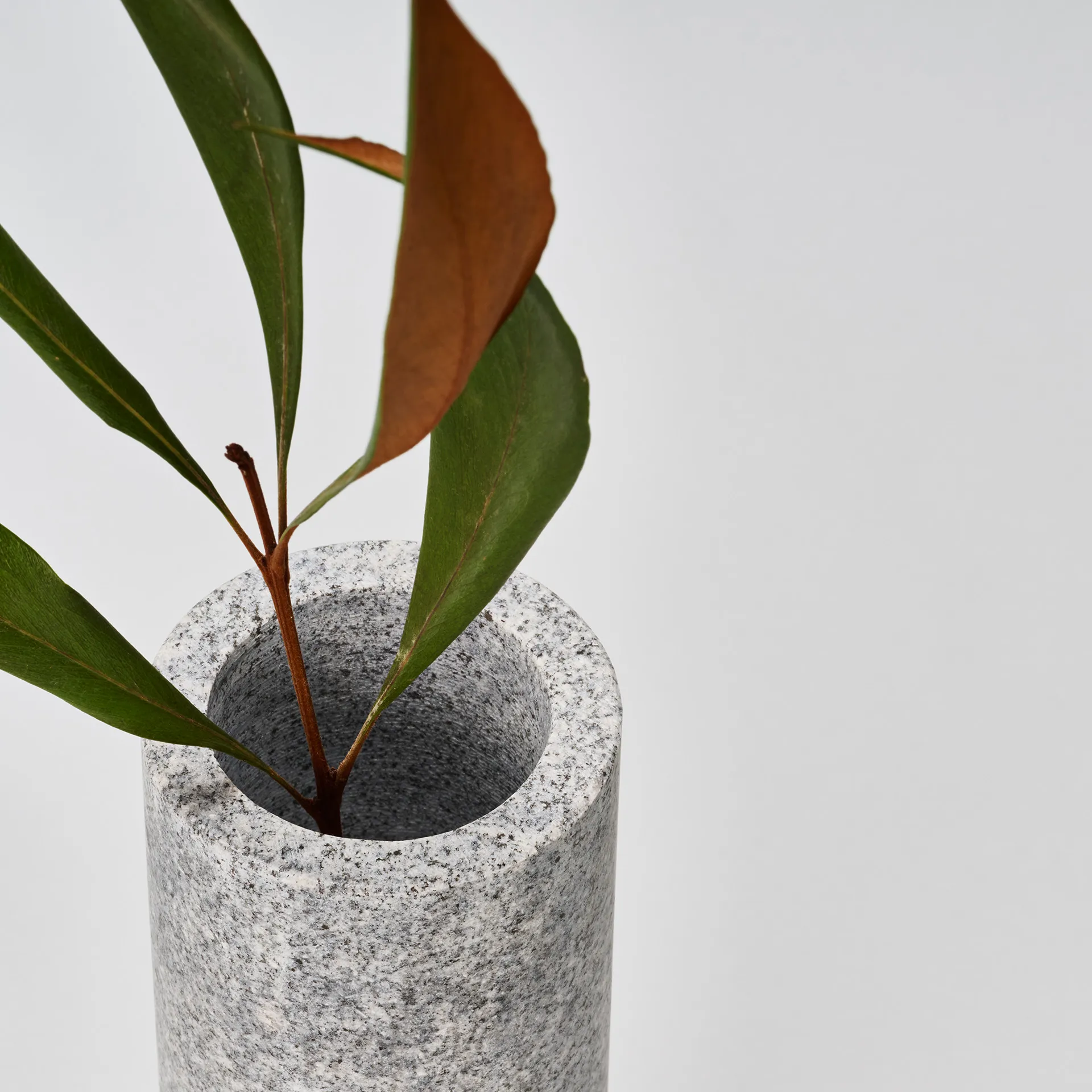人が初めて使った道具は石でした。
獲物を捕らえるにはどうしたらいいか。
火を起こすためにはどうしたらいいか。
そのとき、人は地面にある石に、道具としての用途を見出しました。
まず石があり、そこに人は長い歳月の中、その都度、新たな役割を与えてきたのです。
AJI PROJECTは、単に石から製品をつくるのではなく、石という素材に新たな役割や意味を与える方法を模索しています。
The first tool humans ever used was stone.
How could they catch prey? How could they start a fire?
At that time, people discovered the utility of the stones lying on the ground as tools.
Stone existed first, and over the long span of history, humans continually assigned it new roles. AJI PROJECT is not simply making products from stone, we are exploring ways to give the material new roles and meanings.
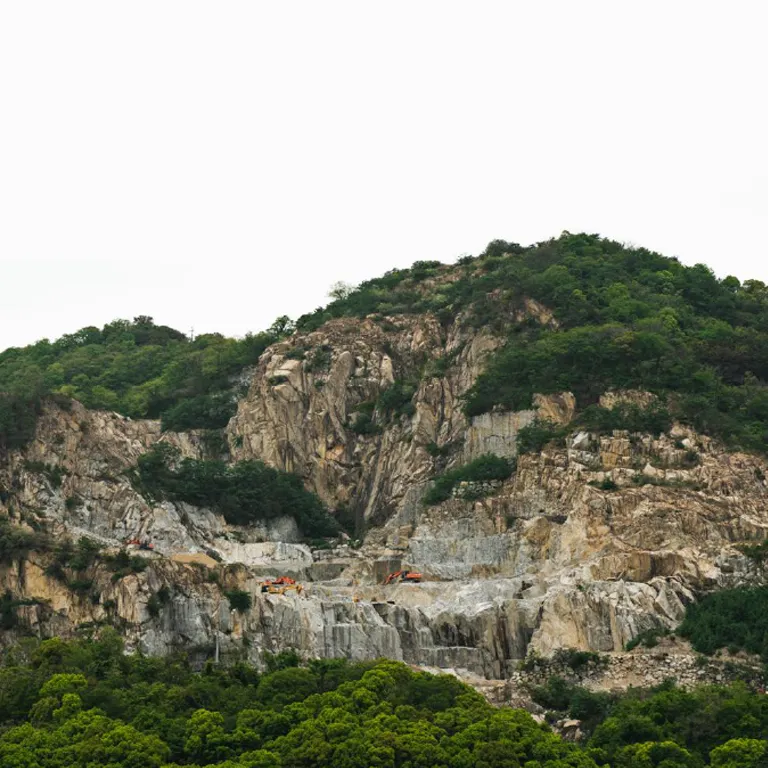
庵治石AJI Stone
庵治石は、香川県高松市の牟礼町と庵治町をまたぐ、標高375mの五剣山に連なる山の岩壁から産出されます。花崗岩の一種である庵治石は、約1億年前に地球の地中深くでマグマがゆっくりと冷え固まることで形成されました。つまり、地球の深部から生まれたといえます。しかし、元は地中5~10kmの深さで形成された花崗岩の中で、庵治石は軽く、約2000万年の年月の中で他の石によって徐々に地表近くまで押し上げられることで、私たちが目にすることのできる岩山になったのです。
その特徴は、石目の細かさと、それによって水を吸いにくくする吸水率の低さ、そして粘りにあります。粘りがあると石は欠けにくく、石像のように顔などに細かい彫刻を施すことが可能なのです。大型運送手段が整っていなかった時代、庵治石の採れる五剣山の麓には、おのずと石を加工する石工たちが集まり、原料の調達から加工まで、ワンストップで完結する産地へと成長しました。今では、直方体に切削する、円柱形に抜き出す、あるいは彫刻的な形を削り出すなど、加工技術ごとに分業化することで職人たちは専門性を高め、高品質ながらも、効率的なものづくりが可能になっています。
Aji stone is quarried from the rock cliffs of the mountains connected to Mt. Gokenzan (altitude 375m), which straddles the towns of Mure and Aji in Takamatsu City, Kagawa Prefecture. Aji stone, a type of granite, was formed around 100 million years ago as magma slowly cooled deep within the Earth. In other words, it can be said that Aji stone was born from the Earth’s depths. Initially formed at a depth of 5 to 10 kilometers underground, Aji stone is relatively light compared to other granites. Over the course of 20 million years, it was gradually pushed closer to the surface by other stones, eventually becoming the rocky mountain we can see today.
Aji stone is known for its fine grain, low water absorption rate, and toughness. Its toughness makes the stone resistant to chipping, allowing for intricate carvings, such as detailed facial features on statues. In the past, when large-scale transportation methods were not yet developed, stonemasons naturally gathered at the foot of Mt. Gokenzan, where Aji stone is quarried. This led to the area evolving into a production hub where everything from sourcing raw materials to processing could be done in one place. Today, specialized craftsmanship has developed, with different tasks divided among artisans—for example, cutting stone into rectangular blocks, extracting cylindrical shapes, or sculpting intricate forms. This specialization has increased the artisans’ expertise, allowing for the production of high-quality products while staying efficient.
庵治石特有の種類Unique types of Aji stone
庵治石に含まれている鉱物は結晶が小さく、その粒子の大きさで細目(こまめ)・中目(ちゅうめ)に分類されます。また、鉄分を多く含んだ茶系色のものを産地ではサビ石と呼ばれています。
よく研磨した石の表面に「指先で押さえ、湿り気を与えたような」まだらに濃淡がでる模様を「斑(ふ)」と呼びます。この斑が浮き上がる現象は、世界の石材の中でも類を見ず、庵治石特有の現象ともいわれており、その独特な存在感と美しさから古くから最高級石材として知られています。
Just like diamonds, there are a variety of styles of Aji Stone, each with its own particular feel and beauty. The main components found in Aji Stone are quartz, feldspar, and tiny bits of a dark brown mica known as biotite. According to the size of the grains of these, the stone is classified into different categories known as: komame and chume. Stone that is high in iron has an earthy brown tone and is known as sabi-ishi, or literally, “rusting stone.” This stone is known to easily grow moss, making it a popular choice for gardens.
Komame in particular, has many small grains of biotite within causing small specks call fu to appear on the surface. Fu is the visual ef fect in which a mottled pattern appears upon polishing the stone and creating a look described as, “if someone pressed their finger on the surface and moistened the stone.” This phenomenon is exclusive to Aji Stone and cannot be seen in any other stone material in the world. The unique presences this stone brings to any setting has been praised as the finest quality stone since some of the earliest days of Japan.
細目Komame

中目Chume
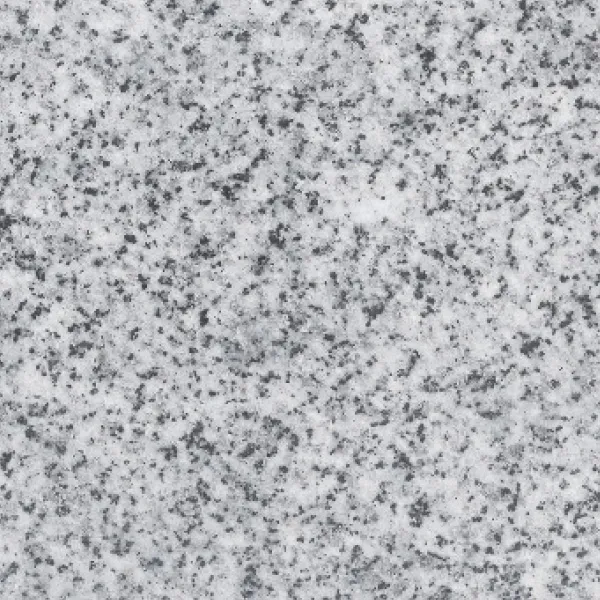
サビ石Sabi-Ishi
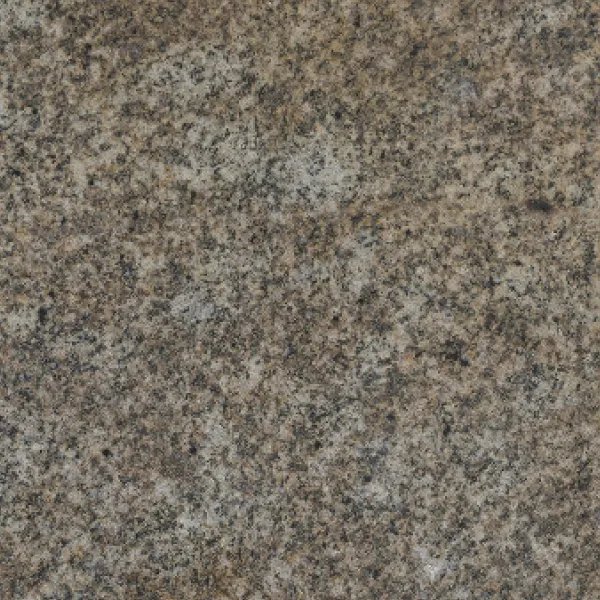
ADDRESS
香川県高松市牟礼町牟礼3195-1
- Tel
- 087 814 3890
- info@aoishima.jp
761-0121 Japan
![READY MADE + [AJI PROJECT]](/wp-content/uploads/home/slide-rmp-01-sq.webp)


